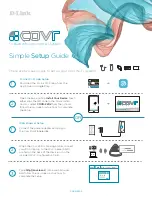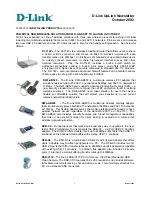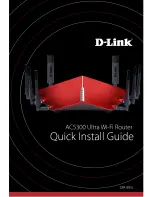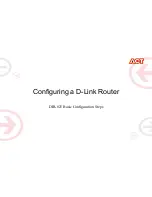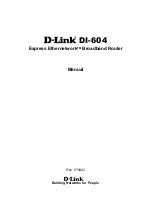
45
Proprietary Information: Not for use or disclosure except by written agreement with Calix.
© Calix. All Rights Reserved.
Parameter
Description
Valid Options
Interface Quality
Audit Mode
Mode to periodically check the number of File Check Sequence (FCS)
errors received as a percentage of total frames received on an interface.
An interface that exceeds the provisioned thresholds can be set to one
of the following modes:
no-audit
- disables the Interface Quality Audit (IQA) mode
alarm-only
- generates an alarm, but, does not take any action on
the interface
disable-interface
– Disable the interface when the threshold is
exceeded
protocol-action
– For ERPS and LAG, only disable the interface if
there is an alternate path that is up and available. For non-ERPS
and non-LAG interfaces, this is interpreted as “alarm only.”
no-audit, alarm-only ‡,
protocol-action, disable-
interface
Polling Interval
Number of seconds between interface quality audits that compare
errored frames to total received frames.
1-60
1 ‡
Error Threshold
Number of errored frames per million total frames to consider a specific
interval as failed.
1-100000
1000 ‡
Polling Window
Number of interface quality audit intervals to consider for failure
determination.
10-60
60 ‡
Errored Interval
Count
Number of failed audit quality intervals within the polling window that will
indicate an interface failure for IQA to take an alarm or OOS action.
1-60
10 ‡
Interval Min Frames
Minimum number of frames that must be received per interval for a
specific interval to be considered valid.
1-2147483647
100 ‡
LACP Cross Card
(LAG only) Whether LAG cross-card protection is enabled, allowing
ports on two cards to be configured into a LAG:
active-standby
- one card's ports are active and the other card's
ports are standby.
active-active
- both cards' ports are active.
Note:
This only applies to cross-card protection LAGs.
disabled ‡
active-standby
active-active
LAG Cross Card
Revertive
(LAG only) Whether to have the LAG interface revert to the ports on the
active card after a failure is found and fixed.
Note:
This only applies to active-standby cross-card protection LAGs.
The active-active LAG does not support the revertive mode.
N (unselected) ‡
Y (selected)
LACP Hash
(LAG only) Individual traffic flows will only use a single link in the Link
Aggregation Group (LAG). The link used for each packet is based on a
hash algorithm.
src-dest-mac
will likely give the best results for typical
configurations that have many downstream client MACs, and few
upstream server/router MACs.
src-mac
or
dest-mac
may give positive results for a condition of
badly uneven hashing with the typical configuration of many
downstream MACs and few upstream MACs. Try src-mac hashing
on the upstream LAG link, or try dest-mac hashing on a
downstream LAG link.
src-mac
dest-mac
src-dest-mac ‡
LACP Min Ports
(LAG only) Minimum number of ports required for LAG activation. When
the number of active ports falls below this value, the group is taken out
of service.
When two LAGs are used with RSTP node protection, the system
switches LAG operation to the other LAG.
For active-standby cross-card LAGs, the system switches the LAG
operation to the ports on the standby card.
1-8
1 ‡

































